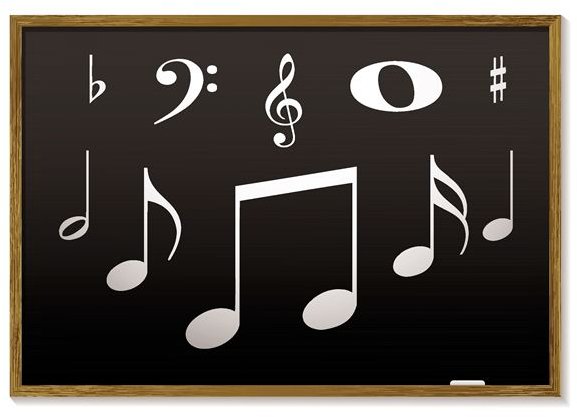Ideas for Teaching Preschoolers About Other Cultures With Spanish Songs in the Classroom
Sing in Spanish!
Throughout the year preschool teachers educate little ones on American traditional preschool songs such as “Head, Shoulders, Knees,
and Toes” and “If You’re Happy and You Know It,” among others. Because some school districts include English as a Second Language programs (ESL), it would be to the teacher’s (and students’) advantage to include some children’s songs in Spanish in the curricula as well.
Due to a child’s inquisitive and absorbing nature of anything new, preschool may be a perfect time to introduce a child to other languages such as Spanish. An easy way to get started is to translate traditional American songs into Spanish.
Preschool Spanish songs can be translated from the classic songs we all know and love. Your preschoolers will love singing these songs in English or in Spanish, and they are a great addition to any multicultural unit. Introduce the beautiful Spanish language to your students, enhance cultural understanding in your classroom, and have fun singing at the same time!
Cabeza, Hombros, Rodillas Y Dos Pies (Head, Shoulders, Knees and Toes)
This is the traditional American song translated into Spanish–so sing it loud!
Cabeza, hombros, rodillas
Y dos pies
Y dos pies
Cabeza, hombros, rodillas
Y dos pies
Y dos pies
Ojos, oidos, boca y una nariz
Cabeza, hombros, rodillas
Y does pies
Y does pies
Traditional Songs for Teaching
Any song can be translated from the English version. However as in most translated music, some liberties apply to keep with the spirit of the song. For example the translation of “Y dos pies” in the song: “Head Shoulders Knees and Toes,” is exactly translated as “and two feet.” In addition, due to the inexact science of translating, there may be other ways these songs can be translated, so you may find variations of the same song. These are usually minor changes and do not affect the song as a whole for concept building. One of the advantages of teaching translated songs is that even if you do not understand the language you can still use them in the classroom, because of their familiarity with the traditional preschool songs in English. Once you have opened the door to other cultures in song the opportunities are endless.
Look Online!
If you are looking for other great ideas to add to your curriculum, the Internet is a great resource. One of the best resource websites is: SongsForTeaching.com where a version of the above song can be found among many other traditional songs. Once you become more familiar with the Spanish language, challenge yourself and include some traditional Spanish preschool songs. You could translate them yourself or find translations available to you. No matter what you use know that you are expanding your world and that of your students. What a gift you can give them.
